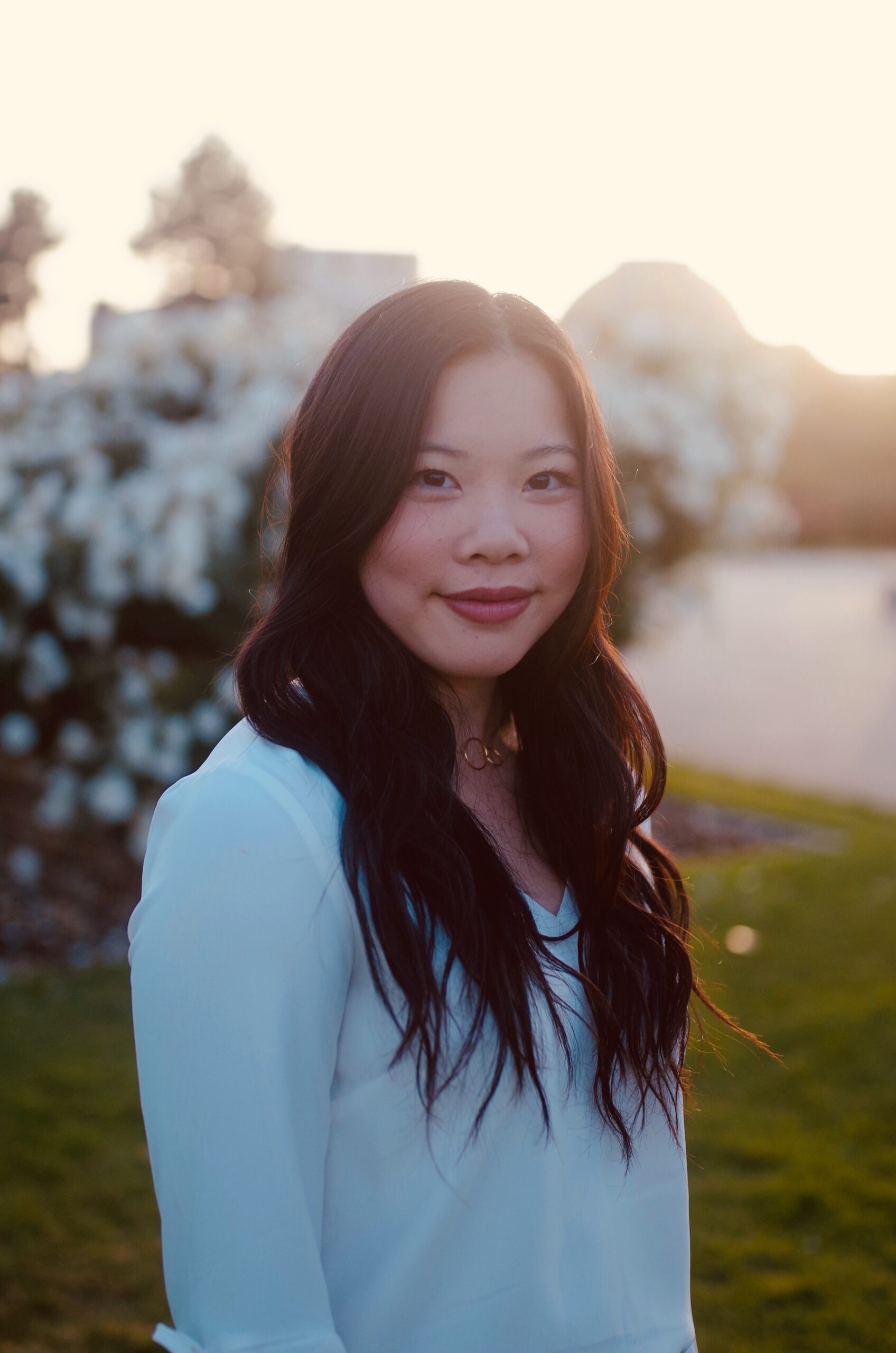
Jenna is an incoming sophomore at the University of Southern California majoring in computer science. Raised on the islands of Maui and Oahu, she graduated as valedictorian from ‘Iolani School’s class of 2018 and is a research assistant at USC Melady Lab. Outside of the classroom, Jenna enjoys snowboarding, cooking, and riding motorcycles.
Home Island: Maui and Oahu
High School: ‘Iolani School
Institution when accepted: University of Southern California
Akamai Project: Interpretability of SatNet Machine Learning Model
Project Site: Centauri – Pacific Defense Solutions, LLC – Kihei, Maui
Mentors: Greg Martin & Oliver Grillmeyer
Project Abstract: Several government observatories around the world use telescopes to periodically collect images of space to track the locations of various satellites in geosynchronous orbit (over 22,000 miles from the earth’s equator). Deployed around the world, Astrograph, a computer vision software tool, is currently used to identify and locate satellites from data acquired by telescopes in near real time. However, under certain conditions, Astrograph has difficulty in correctly detecting satellites. For example, when substantial flare light is present, such as from an automobile headlight, Astrograph can incorrectly predict the presence of satellites when there are none. In order to improve the accuracy of classification and localization of satellites, a machine learning model is being developed to more accurately classify and locate unresolved satellites in images from tracking telescopes. One model being evaluated is YOLOv3, a state of the art real- time object detection algorithm, that uses a deep convolutional network to classify and locate objects in images. This project utilizes SatNet, a labeled dataset of satellite images recorded by Astrograph, to train a YOLOv3 model. My project involves visualizing some of the performance attributes of this convolutional neural network and interpreting the model’s results to gain insight into how the model is detecting and locating satellites by integrating various methods for backpropagating and calculating gradients to generate saliency maps. These visualizations and their implications will be presented at the Final Symposium.